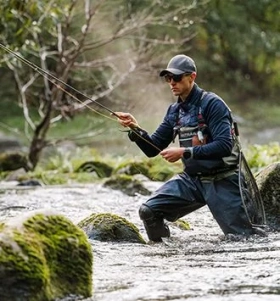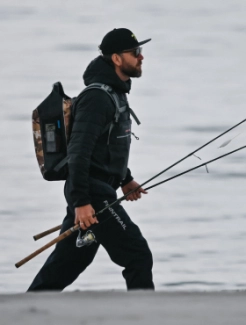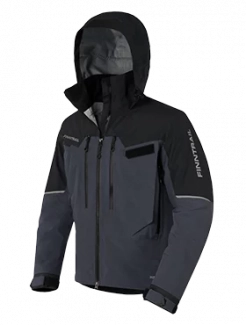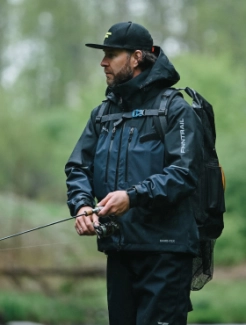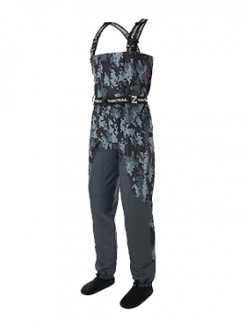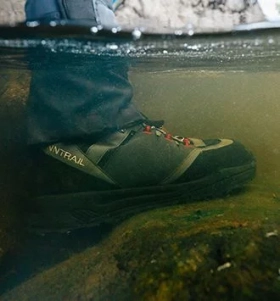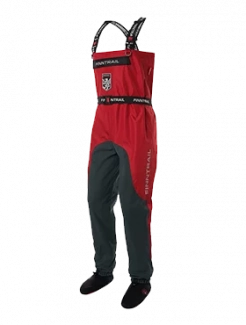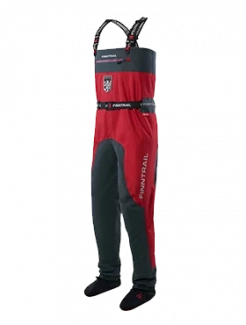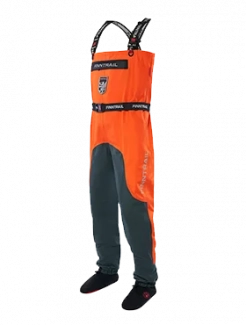What Is Better to Fish With, Live Bait or Lures?
One of the most common questions anglers face is: what's better, live bait or lures? Whether you're new to fishing or a seasoned pro, understanding the pros and cons of each option can make a big difference in your success on the water. The choice often depends on your target species, fishing environment, time of the year, and personal preference.
In this article, we’ll break down the differences between fishing live bait and lures, when to use each, and how to choose the right option for your situation.
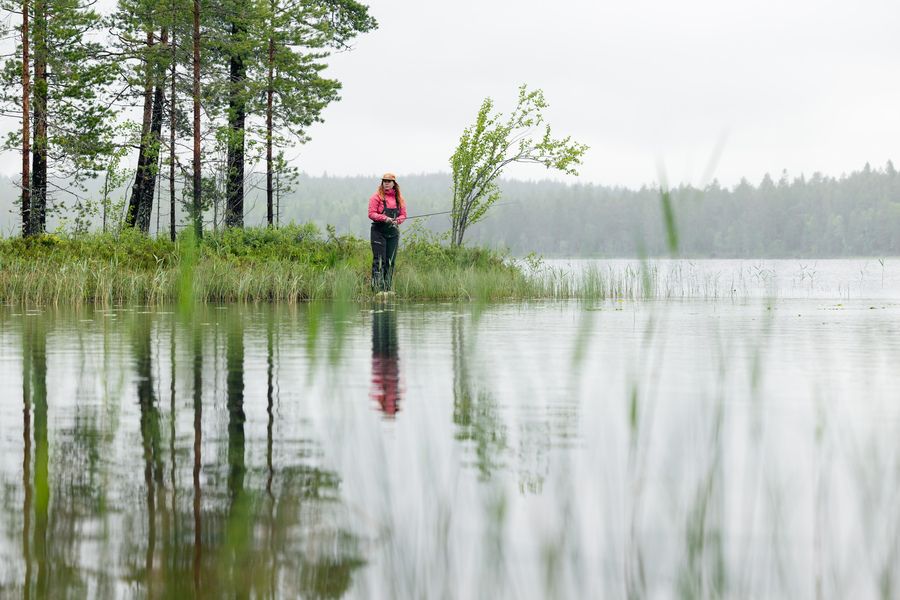
Live Bait and Lures: What's the Difference?
Before deciding between live bait or lures, it's important to understand what each entails.
Live bait refers to real, natural food sources like worms, minnows, leeches, or insects. These baits appeal to fish using scent, movement, and natural behavior. They are typically presented with minimal artificial enhancements, often on a simple hook and line setup or under a float.
Lures, or artificial baits, are man-made tools designed to mimic prey fish, insects, or other food items. They come in a wide variety of shapes, colors, and actions—from crankbaits and soft plastics to spinners, jigs, and topwater frogs. Unlike live bait, lures rely on the angler’s manipulation to create an enticing presentation.
Each method has its own strengths and ideal scenarios, and many experienced anglers carry both to adapt to changing conditions.
Pros and Cons: Fishing with Live Bait vs. Lures
Let’s take a closer look at the benefits and limitations of both live bait and lures so you can decide which is better for your fishing goals.
Pros of Live Bait
-
Natural appeal: fish are instinctively drawn to real food. The scent, texture, and erratic movement of a live creature are difficult for even the most cautious fish to resist.
-
Effective in cold, stained, or murky water: When visibility is low, fish rely more on scent than sight. Live bait performs better in these conditions where visual presentations are less effective.
-
Great for beginners: live bait is usually more forgiving. Even with minimal technique, it often produces bites, making it ideal for newcomers or casual anglers.
Cons of Live Bait
-
Storage and maintenance: live bait needs to be kept alive and fresh, often requiring coolers, aerators, or bait containers. Dead bait loses effectiveness quickly.
-
Short shelf life: worms can dry out in the sun, minnows can die without proper aeration, and leeches may become sluggish in warm weather.
-
Single-use: after each catch or even a missed strike, you’ll often need to rebait your hook, making live bait less efficient over time.
Pros of Lures
-
Reusable and convenient: lures don’t die, don’t smell (much), and don’t require refrigeration. You can store hundreds of them in a single tackle box.
-
Customizable action: you can adjust how you retrieve a lure to mimic injured prey, darting baitfish, or even surface bugs. This versatility gives you a huge edge in presenting the right look to your target fish.
-
More active fishing style: lures allow you to actively seek out fish instead of waiting for them to come to your bait, which is ideal for covering water and targeting fast-moving or aggressive species.
-
Better for catch-and-release: lures, especially single-hook versions, often lead to cleaner hook sets in the mouth, reducing injury to the fish.
Cons of Lures
-
Steeper learning curve: using lures effectively requires practice and understanding. Retrieve speed, rod movement, and lure choice all influence success.
-
Less effective in cold or muddy water: in situations where fish are relying on smell rather than sight, lures can fall short.
-
Costly losses: lures can be expensive, especially premium models. Snags on rocks, wood, or weeds can cost you not just a lure but also time retying lines.
When to Use Lures or Live Bait
There’s no one-size-fits-all answer. Your choice often depends on several key factors:
|
Season |
Live Bait or Lures? |
Why? |
|
Spring |
Both |
Fish are feeding aggressively, but cold snaps or runoff can make live bait more effective in murky conditions. |
|
Summer |
Lures |
Warm water boosts fish metabolism. Lures help you cover water fast and find active fish. |
|
Fall |
Lures |
Predators like bass and walleye are feeding up for winter. Fast-moving lures match the pace. |
|
Winter |
Live Bait |
Fish are sluggish in cold water. The scent and subtle movement of live bait can tempt them to bite. |
Also consider location and water clarity. In crystal-clear lakes or rivers, lures with realistic finishes and lifelike action can be very effective. In muddy creeks or during post-rain runoff, a live nightcrawler might outperform even the most high-end lure.
Expert Opinions: What’s Better, Live Bait or Lures?
-
Lawrence Bay Lodge suggests live bait is often best for beginners or tough fishing conditions where finesse and scent are needed to entice bites.
-
Van Isle Marina highlights the cleaner, more active experience of lure fishing. They recommend lures for targeting aggressive species like salmon, bass, and northern pike.
-
Northland Tackle, a trusted name in fishing gear, advises anglers to use both tactics. A hybrid approach—starting with lures and switching to bait if action slows—often leads to better results.
Professional tournament anglers almost always favor lures, especially for species like bass, where speed and precision are critical. On the other hand, walleye and panfish anglers often swear by a live minnow or worm when the bite gets tough.
Conclusion: What's Better, Live Bait or Lures?
So, what’s the verdict? The answer depends on your fishing style, experience level, and conditions on the water.
If you’re looking for simplicity, maximum scent appeal, and consistent results—especially in tough conditions—live bait is likely your best bet.
If you enjoy active fishing, want to cover water quickly, or plan to practice catch-and-release, lures offer more flexibility and long-term value.
Ultimately, the best anglers are adaptable. They know when to switch tactics, experiment with different approaches, and read the water and fish behavior. Whether you're targeting bass, trout, walleye, or panfish, having both live bait and a solid selection of lures gives you the tools to succeed.
Next time you hit the water, try both methods and see what works best. You might be surprised how often the fish tell you what they want.


